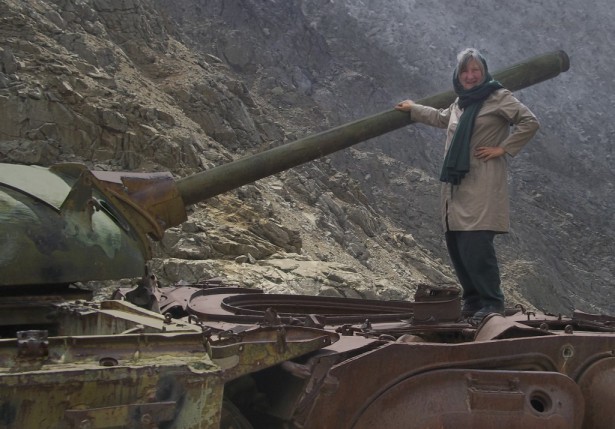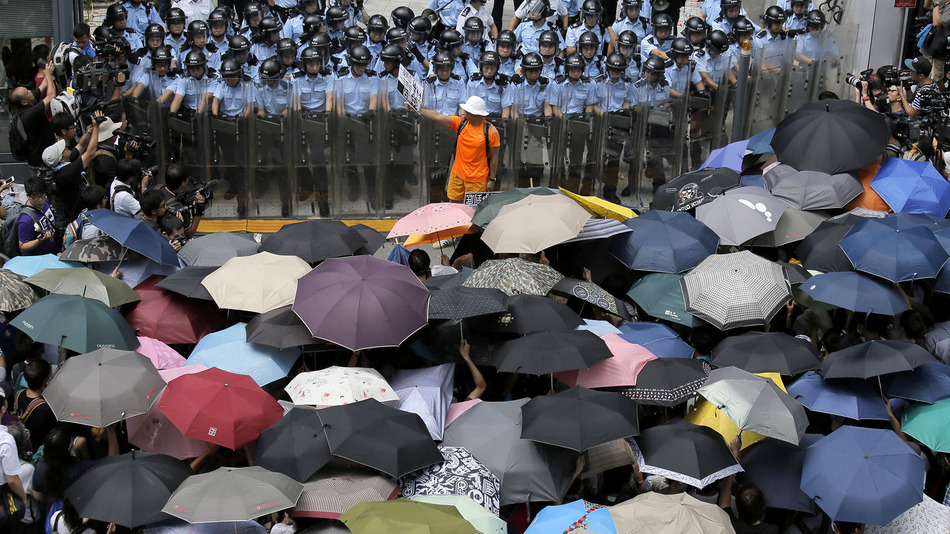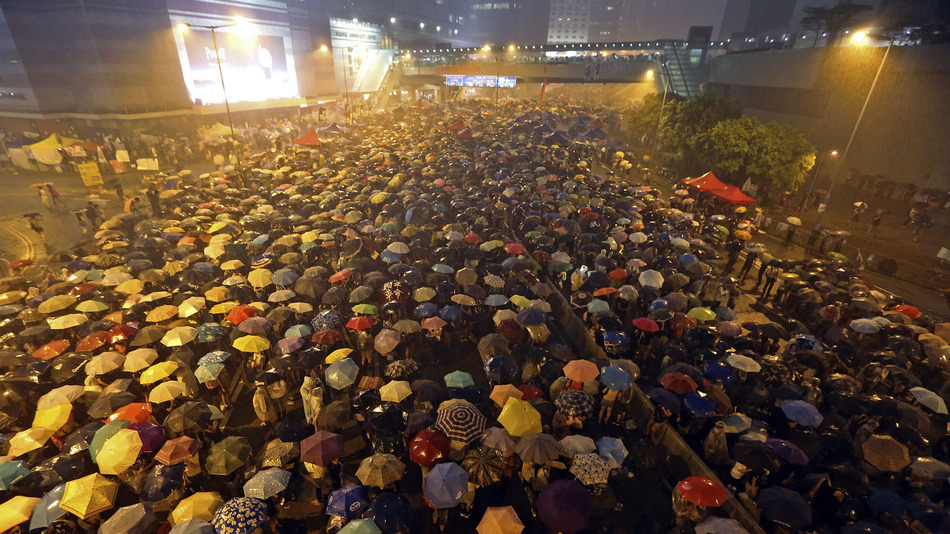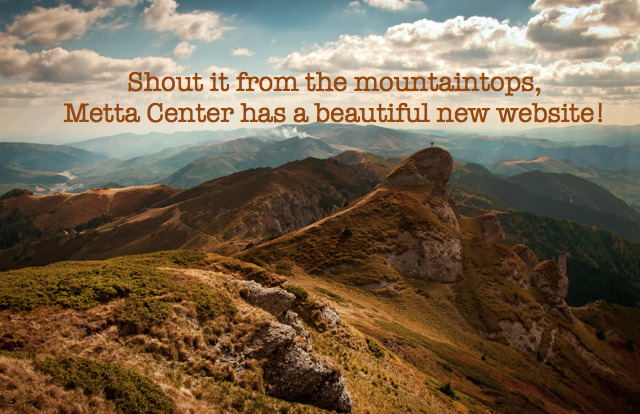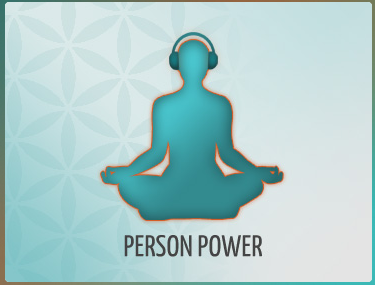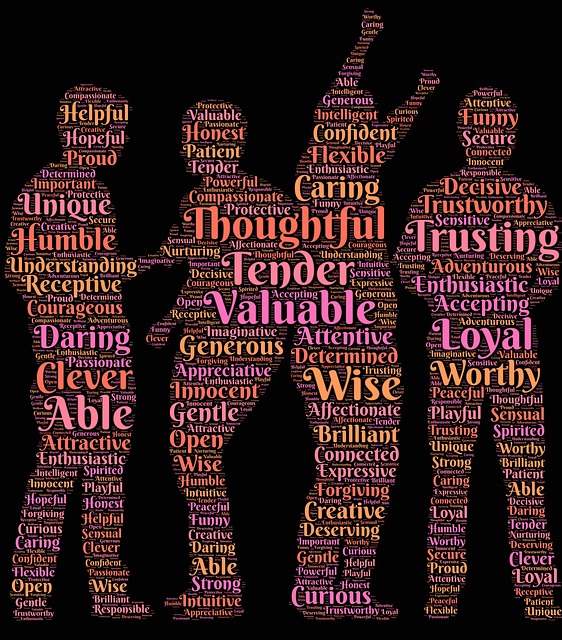by: Pallavi Vishwanath
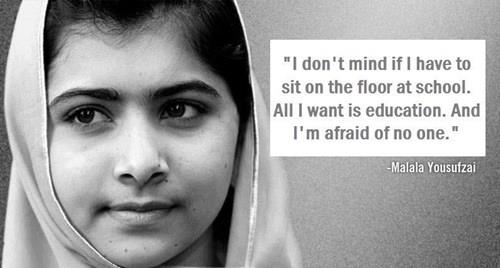
Video: Malala Day video tells the #StrongerThan story through children’s voices
Many people in history have been met by violence due to their courage. Not many, though, are 15. And only one received the Nobel Prize for Peace two years later! Malala Yousafazai is not your typical teenage girl.
She hails from the Swat Valley region of Pakistan. Tehreek-i-Taliban Pakistan, the largest faction of the Pakistani Taliban, had seized control of the capital, Mingora, in 2007. They governed Malala’s hometown relying on extremist references to the Quran, Islamic history and Shariah, Islamic law. The offense that struck Malala to the core was their ban on young girls attending school in 2008. BBC decided to take advantage of our technological age in order to cover the effects of the Taliban among the civilians of the Valley. Taking pages from AnneFranks’ diary, BBC thought finding a schoolgirl to blog anonymously would be revolutionary in giving the common victims of violence a voice. The dangers that accompanied such a noble task kept many families from allowing their children to take the responsibility. Then, 11 year old Malala stepped up to the challenge, beginning by discussing bans on self expression such as television and music along with forbidding girls’ education and women from going outdoors unnecessarily.
Those who defied the militant’s strict codes of Islam were publicly punished and corpses decorated Mingora’s main square, which became known as Bloody Square. Battles in the Swat raged, and fewer girls were showing up to school. Malala continued with her secret blog, criticizing the violent lifestyle of the militants and the resulting boredom from the lack of books (see: Diary of a Pakistani schoolgirl). The blog opened many other doors for Malala including documentaries, radio station interviews, and appearances on Aaj Daily, AVT Khyber, and Capital Talk. After the documentary, Malala became even more emboldened as she hosted foreign diplomats, held news conferences on peace and education, and won a variety of peace awards, all along with her continued attendance at school. These opportunities were all constantly revealing her identity as an advocate for women’s education and peace. Prominent community leaders, including Malala’s activist father, symbolized the unyielding resistance to the Taliban and were constant targets of death. As Malala became more recognized publicly, death threats were slipped under her door, sent to her on Facebook, announced on ‘Radio Mullah”, and were published in local newspapers.
Over the summer of 2012, the Taliban leaders unanimously agreed to put an end to the young freedom fighter. Taliban spokesman, Ehsanullah Ehsan, stated, “It’s a clear command of Shariah that any female that by any means plays a role in war against mujahideen (holy warriors) should be killed. Malala Yousafzai was playing a vital role in bucking up the emotions of Murtad (apostate) army and Government of Pakistan, and was inviting Muslims to hate mujahideen. If anyone thinks…that Malala is targeted because of education, that’s absolutely wrong, and propaganda of the Media. Malala is targeted because of her pioneer role in preaching secularism and so called enlightened moderation.” Various other references from the Quran were cited as obligatory actions, to kill children and women if they were engaged in rebellion against Islamic law.
Malala envisioned the confrontation with the Taliban and stated, “Even if they come to kill me, I will tell them what they are trying to do is wrong, that education is our basic right.” Through the threats, she planned on creating the Malala Yousafzai Education Foundation in Swat —and it received its first grant in 2013.
One October morning, after successfully taking her exams, Malala rode the bus home like any other day. A masked gunman got onboard and shouted, “Which one of you is Malala? Speak up otherwise I will shoot you all.” “I didn’t get a chance to answer their question or I would have explained to them why they should let us girls go to school as well as their own sisters and daughters.” The bullet entered through Malala’s head, zipped through her neck, and came to a rest in her shoulder beside her spinal cord. As the world responded to the tragic and cowardly idea that a force of bullets can silence the fight for peace, Malala continued to fight through her coma and reconstructive surgeries. (See also: LETTER FROM THE TALIBAN TO MALALA). Pakistan’s most powerful official issued a statement at Malala’s bedside, the final words emphasized in capital letters, “WE REFUSE TO BOW BEFORE TERROR. WE WILL FIGHT, REGARDLESS OF THE COST, WE WILL PREVAIL INSHA ALLAH (God willing). What was the silent majority now openly wear “I am Malala” headbands and tshirts, defying Taliban threats and identifying with Malala’s call for integrity.
Gordon Brown, UN Special Envoy for Global education, visited Malala at the hospital in 2012 and launched a petition with the slogan “I am Malala”. It demands Pakistan to agree to a plan to deliver education for every child, all countries to outlaw discrimination against girls, and for international organizations to ensure the world’s 61 million out of school children are in an institute of education by the end of 2015. A new civil rights struggle is certainly underway, led by the potentials of social media and the youth. Online information from other countries shows that education is now insisted as a universal right and obstacles such as child labor, marriage, trafficking, and discrimination against girls must be overcome.
Malala unified world leaders, celebrities, reporters, as well as “ordinary” people over the world by showing us the true obscenities and injustices that accompany the brutal force of violence, by becoming a victim to it herself, and continuing to prevail and work against it afterwards. The Pakistan military moved into the swat region to “drive out” the Taliban. There have been plans for three permanent military bases in the Swat. Although these endeavors may have began with the right intention of driving out the Taliban, it has created a new pool of Swat victims in its rain of violence to combat violence. There is a surge of orphans who need support. Their exposure to so much violence will continue the vicious cycle of militant endeavors if their trauma isn’t properly treated. These events have caused the people of Swat to divide in their feelings towards the raging militants, Taliban or army. Some want the army to leave while others fear Taliban resurgence. Although some progress has been made since 2009 the violence has smothered the revival of the local economy and fear still reigns.
Malala isn’t your average teenager, because she speaks with such power and passion as one of the millions of women and girls who are denied education by being subjected to violence ( See: THE WORLDS’ OTHER MALALAS). She boldly reveals, “Education is the power for women and that’s why the terrorists are afraid of education. They do not want women to get education because then women would become more powerful.” Malala is the symbol of freedom that oppressive powers should fear. Her birthday, July 12 is now known as Malala Day. On her site, malala.org, she states that, “It is a day when we come together to raise our voices, so that those without a voice can be heard.” The 17 year old continues to travel the world and fight for equality, justice, and education for all girls and boys. Her bravery is a greatness that has brought much needed strength for justice and peace movements against terrorism and bloodshed.
Malala exemplifies nonviolent leadership, recognizing where the movement for justice needed to head and lead society accordingly. When this meant putting her life on the line without raising violence in protest, she abided. When asked if she could have used some force against her attacker, Malala replied, “If you hit a Talib … then there would be no difference between you and the Talib. You must not treat another with that much cruelty and that much harshly. You must fight others, but through peace and through dialogue and through education. Then I’ll tell him how important education is and that I even want education for your children as well. And I’ll tell him, ‘That’s what I want to tell you. Now do what you want.’
Other Resources:
My Daughter Malala TedTalk: https://archive.org/details/ZiauddinYousafzai_2014
*
“At night when I used to sleep, I was thinking all the time that shall I put a knife under my pillow. The time was of fear, but some people can overcome fear and some people can fight fear.”
“I have the right of education,” she said in a 2011 interview with CNN. “I have the right to play. I have the right to sing. I have the right to talk. I have the right to go to market. I have the right to speak up.”
“God will ask you on the day of judgment, ‘Where were you when your people were asking you … when your school fellows were asking you and when your school was asking you …’Why I am being blown up?'”
*
O’Donnell: “Is it true that when you spoke with President Obama, that you talked about your concern that drone attacks are fueling terrorism?”
Yousafzai: “The first thing is that, it is true that when there’s a drone attack those — that the — the terrorists are killed, it’s true. But 500 and 5,000 more people rises against it and more terrorism occurs, and more — more bomb blasts occurs. … I think the best way to fight against terrorism is to do it through (a) peaceful way, not through war. Because I believe that a war can never be ended by a war.”
O’Donnell: “And you said that to President Obama?”
“Yes, of course.”
*
Her memoir is I Am Malala: The Story of the Girl Who Stood Up for Education and was Shot by the Taliban. All Pakistan Private Schools Federation banned it due to it disrespecting Islam and its potential “negative” influence.
*
In her address to the UN, Malala cited Badshah Khan as one of her nonviolent heroes. Read his amazing life in Eknath Easwaran’s biography, Nonviolent Soldier of Islam (Nilgiri Press) or here on our site.
 A scene from Salt of the Earth.
A scene from Salt of the Earth.






